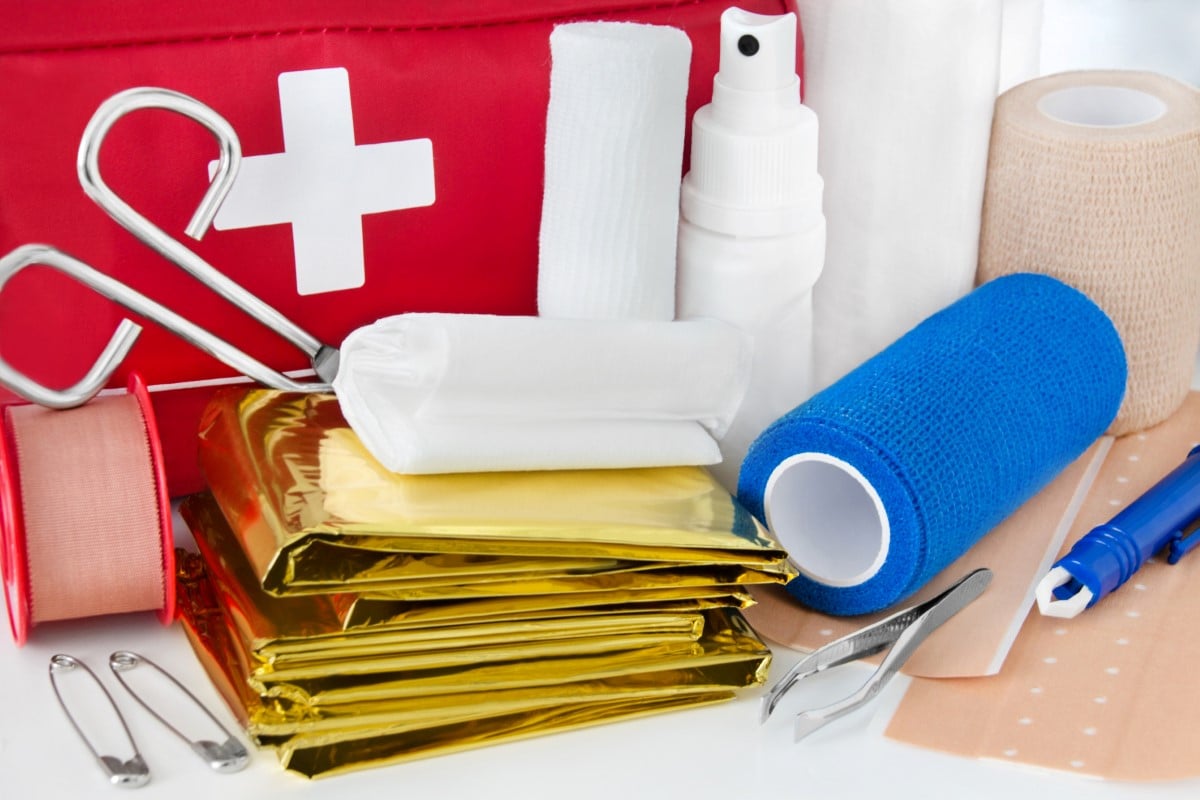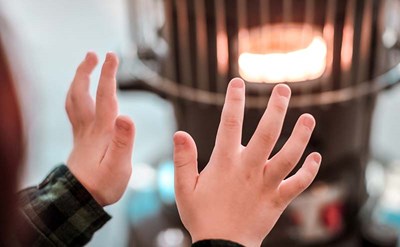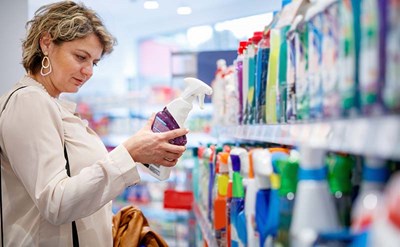Every home should have a first aid kit to help respond to minor and some serious medical emergencies. Seek care if you have a medical emergency, but you can protect your family and reduce your risk of injuries and serious illnesses by being prepared, and that includes developing and maintaining a home first aid kit.
For the kit itself, ACEP recommends using a clear, waterproof, plastic container that can hold all the items, as well as be visible where it is kept. Family members and outside caregivers should know where to find the kit and how to use each item.
Store any medications according to the directions on the container, paying special attention to those that may need to be refrigerated. Check expiration dates and throw expired medications away. If you have small children, always use safety caps, and keep them out of reach.
If someone in your household has a life-threatening allergy, have appropriate medications in the kit, such as self-injectable epinephrine (Epi-Pen or Twinject).
First Aid Kit Contents
Emergency physicians recommend the items below for a home first aid kit, but this list does not represent all the items that could be included and should be tailored to the specific medical needs of your family. All the items listed here are available from your local drug store.
Every first aid kit should include a first aid manual, such as ACEP’s publication on first aid Medical Emergencies: What You Need To Know. ACEP also recommends taking a first-aid class and learning CPR.
Information
- Emergency Phone Numbers. These phone numbers should be included in the kit as well as posted on each telephone in your house: family physician and pediatrician, poison control center (1-800-222-1222), and if 911 is not in your area, emergency services for local police, fire department and ambulance service.
- Medical Consent Forms. These allow people you designate to authorize medical treatment in an emergency situation when you’re unable to give consent. If you have children, provide them to all caregivers.
- Medical History Forms for Each Family Member. This includes a list of allergies and a list of medications.
Over-the-Counter Medications
- Acetaminophen, Ibuprofen and Aspirin. Aspirin should not be taken by children or teens under age 19. Chew an aspirin if you think you may be having a heart attack, unless your physician says it is not appropriate for you. Never give aspirin to treat the flu.
- Cough and Cold Medications. Be sure to give medications and dosages that are age appropriate. Never give cold medications to children under age 2, and it is not recommended for children under age 6. Some cold medicines also contain acetaminophen or ibuprofen, so be cautious to avoid overdosing. Also be mindful of choking hazards when giving cough drops to young children.
- Allergy Medicine. This may be in the form of antihistamine liquid, cream or self-injectable epinephrine (Epi-Pen or Twinject) as directed by a physician. Do not use antihistamine liquid and cream at the same time.
- Oral Medicine Syringe or Other Pediatric Dosing Instrument. It is important to note that some instruments may use both metric and English measurements so use caution.
- Hydrocortisone Cream. To relieve irritation from rashes. Note that this cream comes in different strengths, so please contact a physician for the proper dosage.
- Decongestant Tablets. Be mindful of dosages for appropriate ages.
Bandages and Other Injury/Wound Care Supplies
- Bandages of Assorted Sizes. To cover minor cuts and scrapes.
- Bandage Closures / “Butterfly Bandages” (one-fourth and one-inch sizes). To tape cut edges of minor cuts together.
- Triangular Bandage. To wrap injuries and make an arm sling.
- Elastic Wraps. To wrap wrist, ankle, knee and elbow injuries.
- Gauze in Rolls and Two-Inch and Four-Inch Pads. To dress larger cuts and scrapes.
- Adhesive Tape. To keep gauze in place. q Sharp Scissors with Rounded Tips. To cut tape, gauze or clothes.
- Safety Pins. To fasten splints and bandages.
- Antiseptic Wipes. To disinfect wounds or clean hands.
- Antibiotic Ointment. To disinfect and protect wounds from infection. q Disposable, Instant-Activating Cold Packs. For treating injuries and burns.
- Tweezers. For removing small splinters, foreign objects, bee stingers and ticks from the skin (see first aid manual for proper removal of ticks).
- Hydrogen Peroxide. To disinfect and clean wounds.
- Latex-Free Gloves. To protect hands and reduce risk of infection when treating open wounds.
Other Supplies
- Thermometer. To take temperatures. For babies under age 1, use a rectal thermometer. Do not use a mercury-based thermometer.
- Petroleum Jelly. To lubricate a rectal thermometer.
- Calamine Lotion. To relieve itching and irritation from insect bites and stings and poison ivy.
- Aloe Vera Gel. To relieve skin problems, including burns, itching and dryness.
 American College of Emergency Physicians
American College of Emergency Physicians







